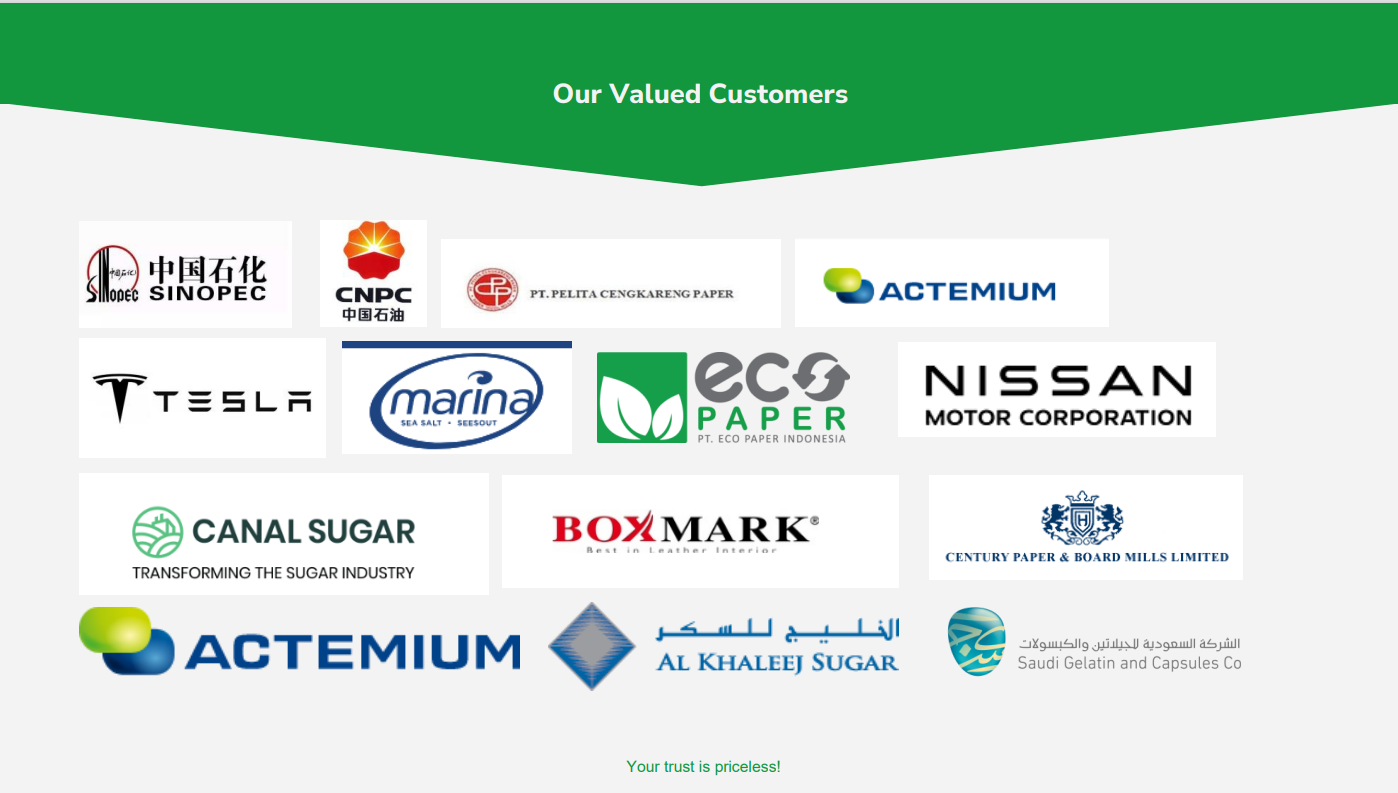Excessively thick sludge or residual dry solids can block the feed port. In this situation, there is no slurry medium between the filter plates in a Plate and Frame Filter Press, and only the pressure from the hydraulic system is applied. Prolonged compression under these…
Read More
Solid Liquid Separator (152)
A plate-and-frame filter press is equipment used in wastewater treatment systems for sludge dewatering. Its function is to press and filter the sludge produced after wastewater treatment, forming large filter cakes (sludge cakes) for easy disposal. A filter press consists of five major components: Filter…
Read More
The plate-and-frame filter press is a sludge treatment device used in wastewater treatment systems. Its function is to dewater the sludge produced after wastewater treatment, forming large filter cakes (sludge cakes) for easy discharge. The plate-and-frame filter press is composed of five main parts: filter…
Read More
Operating Instructions for Filter Press Filter Plate Quantity and Operating Limits The number of filter plates installed on the filter press must not be less than the quantity specified on the nameplate. The clamping pressure, feeding pressure, squeezing pressure, and feed temperature must not exceed…
Read More
(III) Filtration Process for Plate and Frame Filter Press Open the filtrate outlet valve, start the feed pump, and gradually open the feed valve while adjusting the return valve. The filtration pressure should gradually increase according to the filtration speed, generally not exceeding 0.6 MPa.
Read More
Contact us

Operating Instructions for the Filter Press (1) Pre-Filtration Inspection Check the piping and connections Before operation, inspect all inlet and outlet pipelines and connections for any leaks or blockages. Ensure that the pipelines, filter plates, and filter cloths are clean, and confirm that the feed…
Read More
I. Filter Press Equipment Installation and Commissioning Design the embedded foundation holes according to the base dimensions provided by the supplier, using the two-stage grouting method. Ensure there is sufficient space around the filter press for convenient operation, inspection, and maintenance. The filter press should…
Read More
Operation and Precautions for Mechanical Filter Press in Wastewater Treatment Pressing the Filter Plates Connect the power supply and start the motor to press the filter plates tightly. Before pressing, check that the number of plates meets the required specification, that no foreign objects are…
Read More
The biggest difference between a trommel screen and other screening equipment is that it does not rely on a vibration motor to generate excitation. Instead, trommel screens are classified into shaft trommel screens and shaftless trommel screens according to their drive method. Shaft Trommel Screen:…
Read More
Water Level in the Saturation Tank of DAF System: During inspection, check the water level in the saturation tank through the observation port. Ensure the level is not so high that it submerges the packing layer (which would reduce air dissolution efficiency), and not lower…
Read More
Precautions for Commissioning the Pressurized Dissolved Air Flotation (DAF) System Pipeline and Saturation Tank Cleaning Before introducing influent water, use compressed air or high-pressure water to repeatedly flush and clean the pipelines and saturation tank until no clogging particles or impurities remain. Only then should…
Read More
Equipment Selection Small rectangular DAF tanks usually adopt a chain-type scraper. For large rectangular DAF tanks (recommended span ≤ 10 m), a bridge-type scraper is commonly used. For circular DAF tanks (diameter 2–10 m), a planetary-type scraper is suitable. Sludge Removal Efficiency If large amounts…
Read More